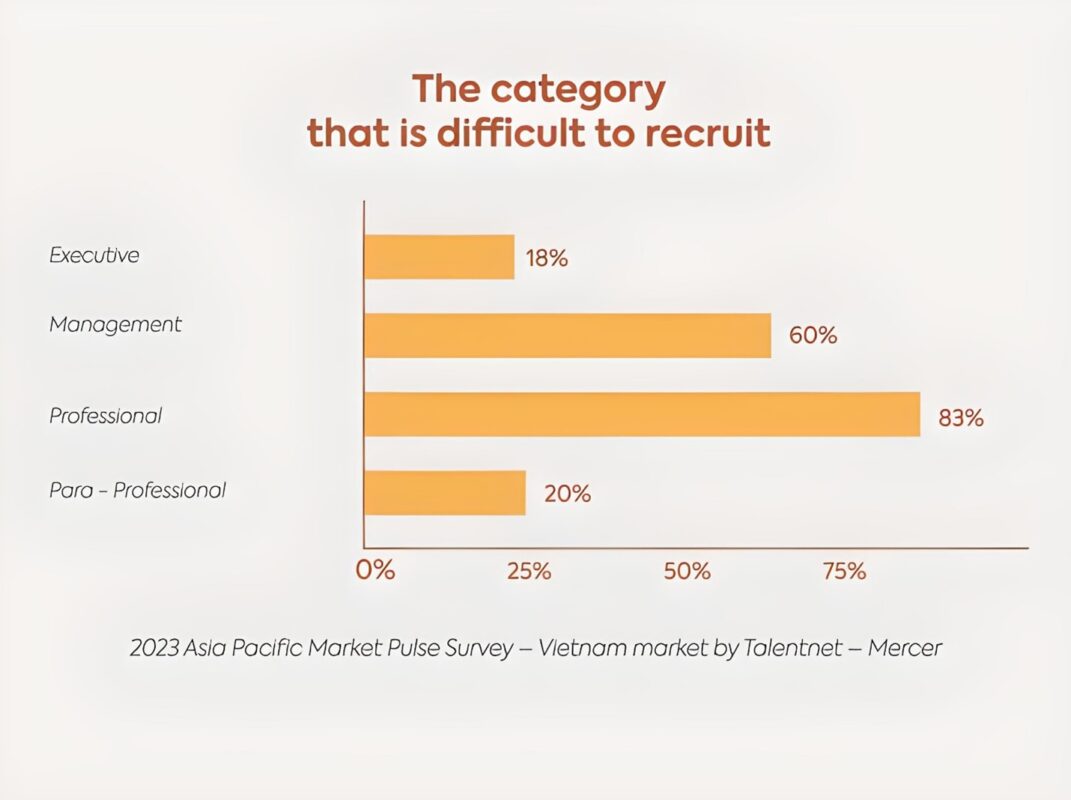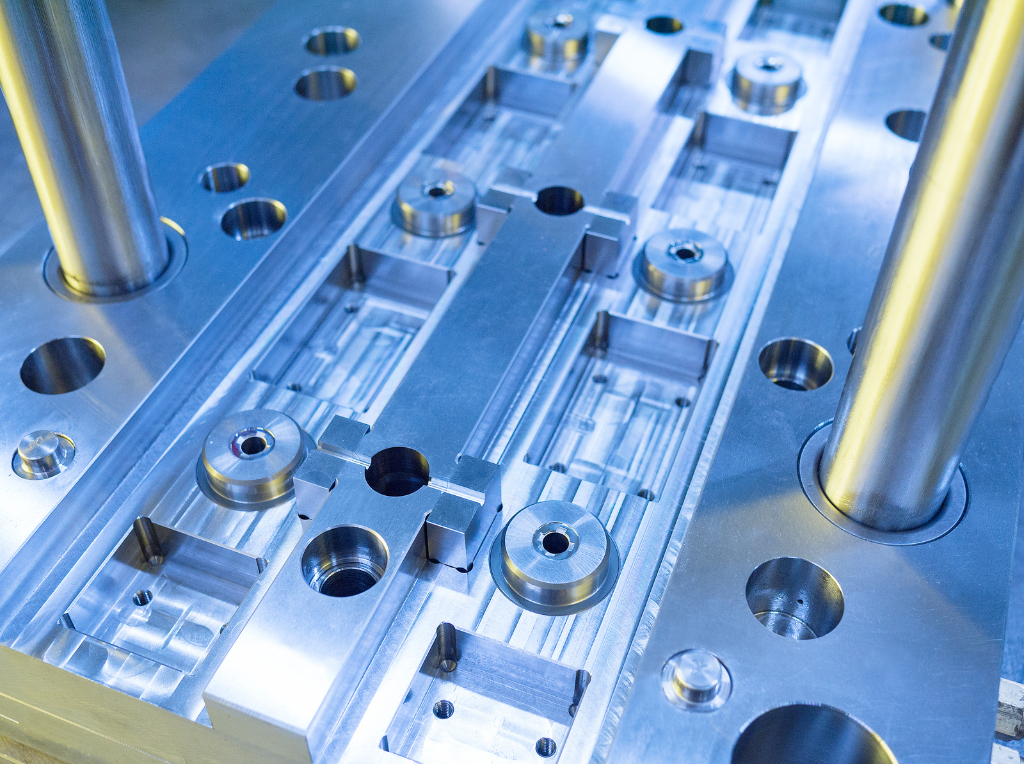Contents
The plastic injection molding industry faces a significant challenge: a shortage of skilled labor. This situation affects production capacity, reduces product quality, and increases operational costs. According to a report from the Vietnam Plastics Industry Association (VPA), about 60% of companies in the industry report difficulties in recruiting and retaining skilled workers from 2022 to 2024.

1. Causes of skilled labor shortage
- Increasing demand: The demand for high-quality plastic products is rising, especially in sectors such as healthcare, automotive, and electronics. According to the Global Plastics Market Report 2023, the demand for plastics is expected to grow at a 4.5% per year until 2026. This places significant pressure on companies to find skilled labor to meet the needs.
- Lack of quality training programs: Despite the presence of many vocational schools and colleges, training programs often fail to keep pace with new technologies and the practical requirements of the industry. A survey by the International Labour Organization (ILO) indicates that only about 30% of graduates from these programs meet the employers’ expectations in the plastic injection molding industry sector.
- Competition from other industries: Other industries, such as information technology and construction, are also fiercely competing to attract skilled labor. According to a report from the Labor Statistics Bureau, the unemployment rate in the manufacturing sector rose to 4% by the end of 2023, indicating a trend of labor migration.
2. Consequences of labor shortage

- Reduced production capacity: Many businesses are facing decreased output due to a lack of skilled workers. According to a VPA survey, 45% of companies reported having to temporarily halt some production lines due to workforce shortages.
- Increased operational costs: Recruiting and training new employees is more expensive than retaining current staff. Businesses may incur up to 20% of personnel costs for training and recruitment.
- Decreased product quality: A shortage of skilled labor can lead to products failing to meet quality standards, affecting the reputation of the company. A report from the Institute of Industrial Research indicates that approximately 30% of products in the plastic injection molding industry did not meet quality standards in 2023.
3. Proposed solutions

- Improving training programs: Companies need to collaborate with vocational schools to develop training programs that align with the actual needs of the industry.
- Enhancing compensation policies: Offering competitive compensation packages and better working conditions to retain skilled employees.
- Investing in technology: Implementing automation technology to alleviate the burden on workers, allowing businesses to hire less experienced staff while maintaining productivity.
Conclusion
The shortage of skilled labor is a serious issue facing the plastic injection molding industry from 2022 to 2024. Finding sustainable solutions is essential not only for maintaining production capacity but also for contributing to the long-term development of the industry. Overcoming this challenge requires collaboration among businesses, educational institutions, and regulatory agencies.
 Tiếng Việt
Tiếng Việt English
English 日本語
日本語
